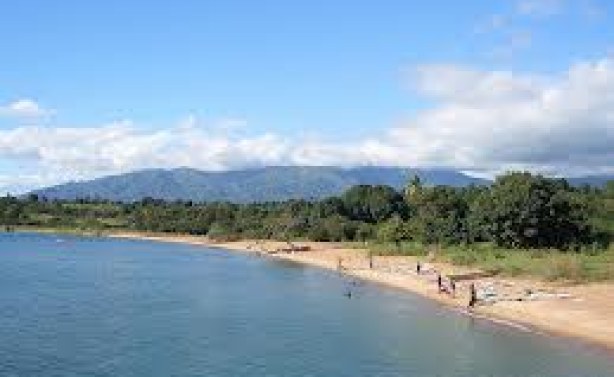TANZANIA lake nyasa SAFARIS

It is the third largest lake in Tanzania after Lake Tanganyika and Lake Victoria. It has another name so some people name it Lake Malawi. It is more then 550 km long and up to 75 km wide. In some parts it is deeper then 700 meters. It surface is 29.600 km2. The largest tributary is the Ruhuhu and its outlet is the Shire River, a tributary of the Zambezi River.
Location
Lake Nyasa borders 3 neighbouring countries: Malavi, Tanzania and Mozambique. Lake Malawi lies in the rift valley formed by the East African Rift where the African tectonic plate is splitting in two. The lake itself is approximately 40,000 years old. It is approximately 350 km south east of Lake Tanganyika.
History
David Livingstone was the first European to reach the lake, arriving at its shores in 1859 and naming it "Lake Nyasa. Much of the area surrounding the lake was subsequently claimed by the United Kingdom to form the colony of Nyasaland. Today they form lacustrine enclaves: Malawian territory surrounded by Mozambique waters.
Origin of the name
The name of the lake itself is also disputed. Malawi claims the lake is named 'Lake Malawi' while international maps and other countries (most notably Tanzania) claim the name of the lake to be 'Lake Nyasa'. The origins of the dispute in the name have their background in geopolitical disputes that began prior to Malawi's independence in 1964, when it was previously known as Nyasaland.
Flora
A notable feature of both islands is the large number of Baobab trees. The islands support a population of several thousand people, who, besides fishing the waters of the lake, grow cassava, bananas and mangos.
Fauna
Lake Malawi has traditionally provided a
major food source to the residents of Malawi as it is rich
in fish, the most famous of which are the chambo,
consisting of any one of four species of the cichlid genus
Nyasalapia, as well as the kampango, a large catfish
(Bagrus meridionalis). The fish are an important export
for Malawi, but wild populations are increasingly
threatened by overfishing and pollution. Other wildlife
resident in the lake includes crocodiles, hippopotamuses,
monkeys, and a large population of African Fish Eagles
which feed off the fish population.